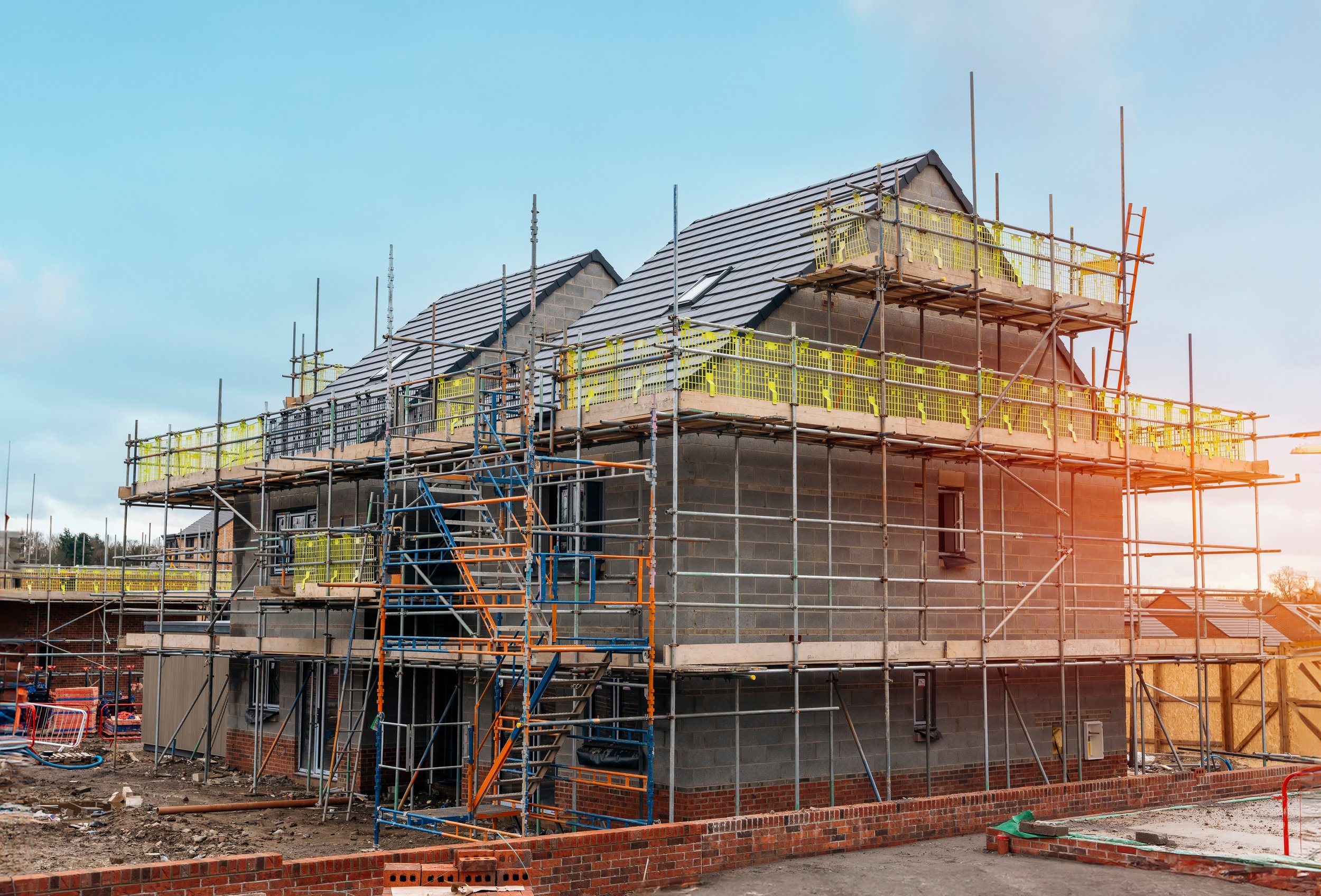
GRP Valley
An overview of this modern roofing solution outlining features, benefits and installation.
A GRP (Glass Reinforced Plastic) valley is a durable and lightweight solution used in roofing to provide a watertight channel at the junctions where two roof slopes meet.
These valleys are crucial for effective water drainage and are designed to withstand harsh weather conditions, ensuring long-term performance and reliability. Here’s an in-depth look at GRP valleys, including their features, benefits, and installation considerations.
Features of GRP Valleys
Material Composition: GRP valleys are made from glass reinforced plastic, which combines the strength of glass fibers with the flexibility and durability of plastic.
Lightweight: Compared to traditional materials like lead or zinc, GRP is significantly lighter, making it easier to handle and install.
Durability: GRP valleys are resistant to corrosion, UV radiation, and temperature fluctuations, which contribute to their long lifespan.
Watertight: These valleys are designed to provide a seamless and watertight channel for water runoff, preventing leaks and water ingress into the roof structure.
Benefits of GRP Valleys
Ease of Installation: The lightweight nature of GRP makes it easy to transport and install. It can be cut to size on-site, allowing for precise fitting.
Cost-Effective: GRP valleys are generally more affordable than traditional materials like lead, offering a cost-effective solution without compromising on quality.
Low Maintenance: Once installed, GRP valleys require minimal maintenance due to their resistance to weathering and corrosion.
Versatility: Suitable for a wide range of roof types and pitches, GRP valleys can be used in both residential and commercial roofing projects.
Aesthetic Appeal: GRP valleys are available in various colors and finishes, allowing them to blend seamlessly with different roofing materials and styles.
Installation Considerations
Preparation:
Ensure that the roof valley area is clean and free of debris before installation.
Measure and cut the GRP valley to the required length, allowing for overlap at joints.
Fixing:
Lay the GRP valley centrally in the valley area, ensuring it aligns properly with the roof slopes.
Secure the GRP valley using appropriate fixings, such as nails or screws, ensuring they are placed at regular intervals along the edges.
Sealing:
Apply a suitable sealant along the edges of the GRP valley to create a watertight seal.
Ensure that any joints or overlaps are adequately sealed to prevent water ingress.
Integration with Roofing Material:
Ensure that the adjacent roof tiles or slates overlap the edges of the GRP valley, allowing for effective water runoff.
Check for proper alignment and spacing to ensure that the valley provides a smooth channel for water flow.
Maintenance of GRP Valleys
Regular Inspections: Conduct regular inspections, especially after severe weather, to check for any signs of damage or wear.
Cleaning: Keep the valley clean and free of debris, such as leaves or moss, which can obstruct water flow and lead to blockages.
Repairs: Address any damage or deterioration promptly to maintain the effectiveness of the valley. Minor cracks or splits can be repaired using GRP repair kits.
Conclusion
GRP valleys offer a modern, cost-effective, and durable solution for roofing projects, providing excellent performance in water drainage and weather resistance. Their ease of installation, low maintenance requirements, and versatility make them a popular choice among roofing professionals. By ensuring proper installation and regular maintenance, GRP valleys can contribute to the long-term integrity and performance of a roofing system.
Top Articles
► Planning Permission for a New Roof
► Building Regulations for a New Roof
► Does a New Roof Add Value to Your Home?
► Does Insurance Cover Roof Leaks?
Roofing Materials Explained
► Code 3 and Code 4 Lead Flashing
► Slates
► Best Materials for Flat Roofs
Roofing Components
► Roof Ventilation for Flat Roofs
► What are Soffits and Fascias?
► What is a Fibreglass Flat Roof?
Common Guides
►How Much Does a New Roof Cost
► How to Find a Leak in Your Roof
► Why is my Velux Window Leaking?
► Planning Permission Velux Windows
► How to Clean Roof Tiles Without Pressure Washer
► Removing Moss from Roof Tiles
